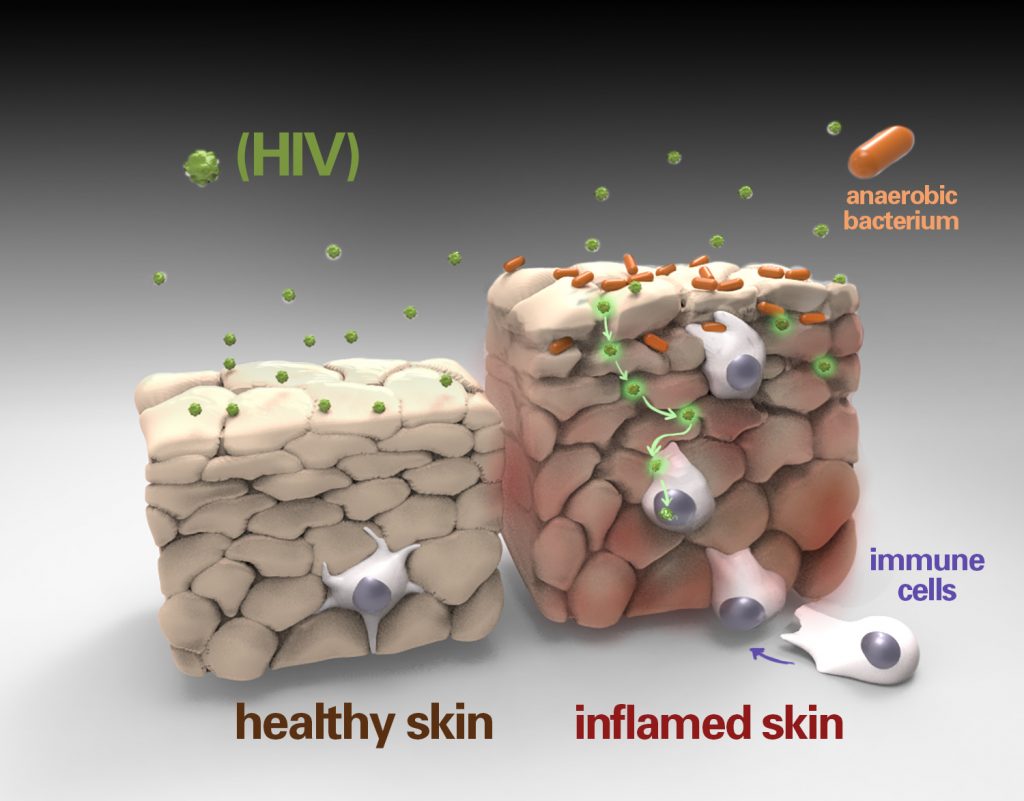By Kerry Bennett
Office of the Vice President for Research
According to a new paper published in the scientific journal mBio, an increase in some types of bacteria living under the foreskin can increase a man’s risk of HIV infection by up to 63 percent. The study, “Penile anaerobic dysbiosis as a risk factor for HIV infection,” was an international collaboration that included researchers from Northern Arizona University, the Milken Institute SPH, the Translational Genomics Research Institute (Flagstaff), School of Medicine and Bloomberg School of Public Health, Johns Hopkins University (Baltimore, Maryland), Rakai Health Sciences Program (Entebbe, Uganda) and the Department of Medicine, University of Toronto.
NAU Regents’ Professor Bruce Hungate, a co-author of the paper, is director of the Center for Ecosystem Science and Society.
“This study is important because it shows, for the first time, that bacteria in the penile microbiome may be a risk factor for HIV infection in men, and that this risk factor may be sexually transmissible,” Hungate said.
Earlier studies linked the human microbiome—the collection of microbes living in and on the human body—to a variety of health conditions, but little was known about the role of the penile microbiome as it relates to HIV. By examining the collection of bacteria living under the foreskin of men who either went on to become infected by HIV or remained HIV-negative, the researchers discovered a link between the quantity of anaerobes, bacteria that thrive in low-oxygen environments, and an increased risk of becoming infected by HIV.
The researchers conducted a two-year clinical study in Rakai, Uganda, during which 46 men became infected with HIV, by measuring the abundance of penile bacteria living under the foreskin. They found a ten-fold increase in four anaerobic bacteria—Prevotella, Dialister, Finegoldia and Peptoniphilus—correlated to a 54 to 63 percent increase in HIV risk.
The researchers hope this study may lead to novel ways to protect both men and women from HIV infection, by, for example, selectively reducing the number of anaerobic bacteria on the genitalia and thereby decreasing the risk of HIV infection.



